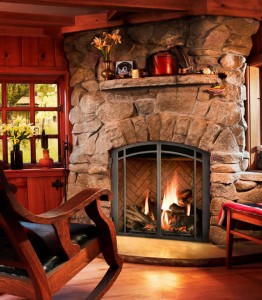 During the cold season, you really cannot survive without your heater. But even though people do enjoy a warm house, it can be expensive to keep indoor temperatures comfy. The reality is that your heating costs will take a huge chunk out of your monthly budget. Luckily, there are ways to reduce costs without sacrificing comfort. Below are some examples.
During the cold season, you really cannot survive without your heater. But even though people do enjoy a warm house, it can be expensive to keep indoor temperatures comfy. The reality is that your heating costs will take a huge chunk out of your monthly budget. Luckily, there are ways to reduce costs without sacrificing comfort. Below are some examples.
1 – Install weatherstripping
Cold air can easily find its way into your home via small cracks or gaps. Warm air can also escape through these minute openings, which is also money that’s flying out of your home. To ensure that warm air stays in and cold air is kept out, use weatherstripping.
2 – Check dampers
A damper is an adjustable plate that helps to control drafts. Dampers stop air from escaping, which is why one that is loose or crooked is like a hole in your ceiling that lets out precious warm air. Therefore, make sure that the dampers in your home are properly shut or correctly attached.
3 – Check vents
If you have turned the heater on high and your room or house still feels chilly, the first thing that you should do is check the vents. Sometimes, vents are covered by furniture or other home accessories. When the vents are covered, warm air cannot easily pass through and it won’t be able to efficiently warm a certain area.
4 – Use apt window treatment
During winter, a thin curtain won’t do. Because you want to keep warm air inside, use thicker drapes or thermal window treatments. When the sun is bright during daytime, you can also allow natural light and heat in by gathering the curtains to the side.
5 – Adjust the thermostat
Use the thermostat to better control indoor temperatures. Turn it down at night and during the day when no one is home. You can save a lot if you monitor your thermostat closely.
6 – Use plastic window insulators
A significant percentage of heat is lost through windows. To decrease heat loss, insulate glass windows using thin plastic films, like the 3M indoor window insulator. The plastic is fairly easy to attach, and you can buy a kit from any hardware store.
7 – Choose a system according to your needs
Sometimes, people opt for the cheapest HVAC system and they fail to consider if this is the best one for their home. Team Services state that price is not the only determining factor when choosing a system. Noise level, energy efficiency, and lifestyle should also be considered. If, for instance, you purchase a machine just because it’s on sale, you could end up with one that might be too small or too big for your space. Something that is too big will be more costly to run, and you won’t be able to take advantage of its full power, so to speak. A too-small system is also inefficient because the machine will work doubly hard in order to warm a big area, which will also cost more.
8 – Assess your home’s insulation
Insulation does deteriorate over time. So, you should assess your house’s insulation before winter comes, especially if you live in an old home. Re-insulate if necessary. There are a few signs that indicate that you probably need new insulation. You might notice that there are drafts entering your home and you don’t know where these are coming from. Maybe you’ll feel that the attic is really cold too. Keep in mind that insulation is beneficial during the cold and warm seasons. During warmer months, it keeps cool air in. When it’s cold outside, it ensures that warm air stays inside.
Author Bio :
This blog post is by Claire Willows, a freelance writer. Her work has appeared in a number of websites, and she often covers issues about home management.
